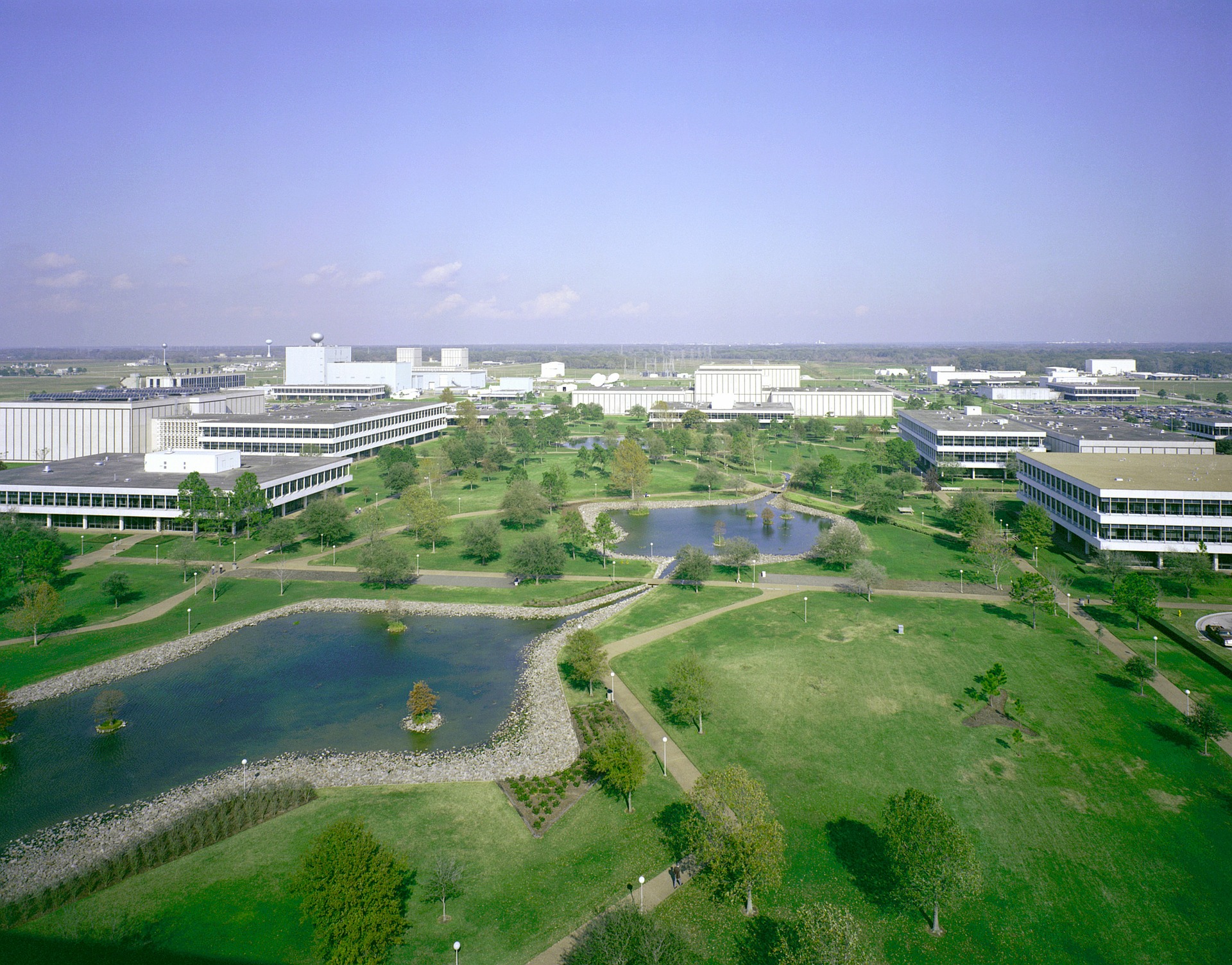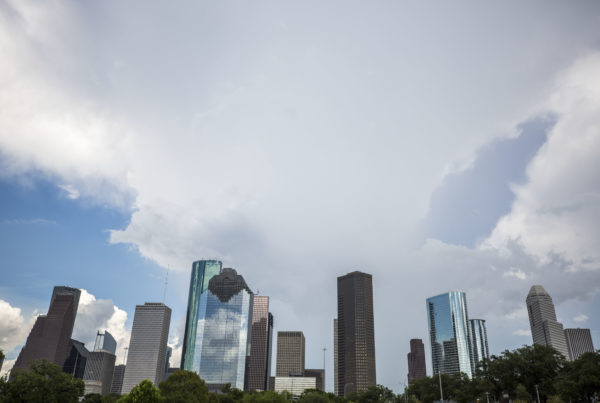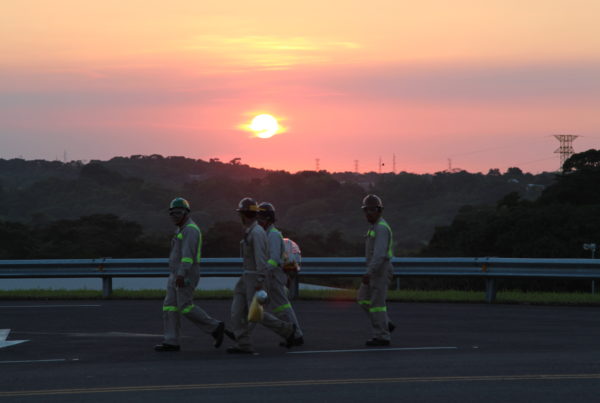A full account of the lessons learned from Hurricane Harvey is still being tallied. But at least one thing is certain: planners will have to rethink the concrete bones upon which Houston is built. And not just Houston, but any coastal city at risk of serious flooding.
For so long, the main strategy of such a metropolis has been to fight against incoming water with pavement and pumps. It appears the latest thinking on the subject flips things around – embrace the water, don’t just repel it.
Sophie Knight is a freelance reporter and a design researcher based in Amsterdam, who has a new article in The Guardian on the idea of the flood-proof city.
Modern cities manage water primarily through the ‘pave, pipe, and pump’ technique. But Knight’s article examines a few concepts that go in the complete opposite direction. She outlines two theories that researchers and architects have come up with to make cities less susceptible to flooding by working with nature and the hydrological cycle.
“One [theory] is that any water that is put into a pipe becomes useless in the normal, natural hydrological cycle,” Knight says. “Water should be feeding plants and be heading back to a river through ground-rock and all the layers beneath the ground. But when it’s stuck in a pipe, it’s useless to the plants, it’s useless to animals, and then it’s very prone to floods. The other idea would be that when you have a huge amount of rainfall, as you did during Harvey, that the water needs to be whisked out of the ground to a larger body of water that’s not underground, a lake, a pond, or something like that.”
Knight spoke to a landscape architect for her story who said that these ideas are very simple, but also very difficult for people to grasp. Knight says this has to do with a certain 20th century tendency to eschew nature, rather than embrace it.
“The idea was that we could dominate nature and control water and put it wherever we wanted it, and now that’s seeming a little heuristic. It’s not quite true. And it’s a really expensive endeavor to rebuild towns in a way that manages water responsibly and safely,” she says.
Knight describes the idea of a “sponge city.” The term, Knight says, comes from China, where rapid growth has caused architects and city planners to overlook the effect of covering entire cities with impermeable surfaces, which leads to frequent flooding. The “sponge city” idea is a reaction to that.
“It’s the idea to absorb rainwater through a lot of greenery, a lot of permeable pavements, trap it down in the ground-rock and then reuse it as drinking water or water for industry,” she says.
Knight says prioritizing the creation of green spaces to create this sponge-like effect should be a priority of flood-prone cities going forward.
“I like the idea of densifying buildings on safe areas and then using wetlands and marshes, bringing back this kind of forestland that we haven’t seen in cities for a 100 years or so, and using that in dry times for recreation and then during storms,” she says.
But even with a plethora of parks and spongy wetlands, could a city like Houston withstand the 50 inches of rain it got during Hurricane Harvey without some flooding and property damage? It’s not likely, says Knight.
“But it must be said, there’s a huge spectrum of things you can do and you can start in your backyard, by digging up the paving stones, and removing anything that basically blocks water around your immediate surroundings,” she says. “If everyone starts doing that, that really can contribute quite a lot.”
Written by Kate Groetzinger.














